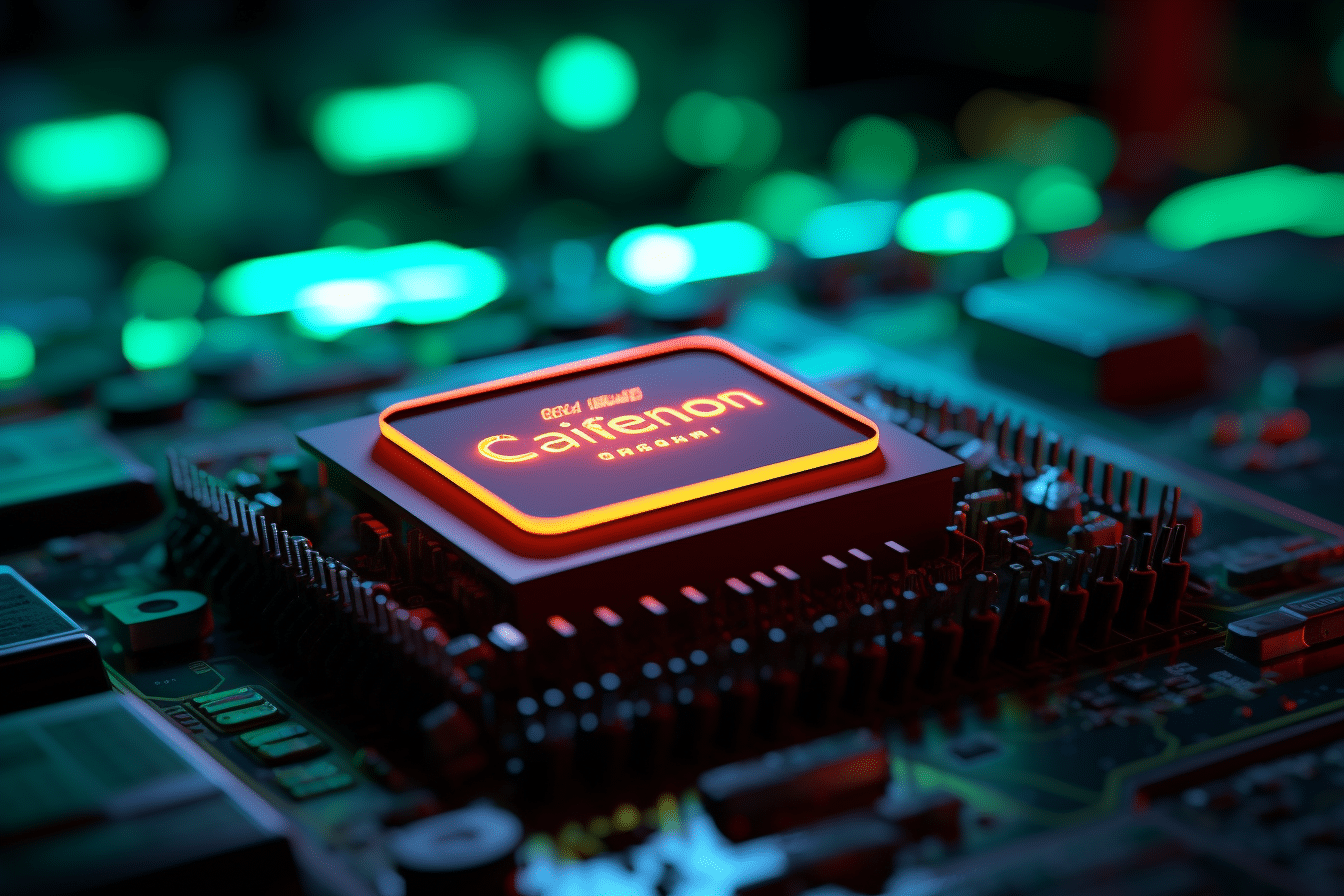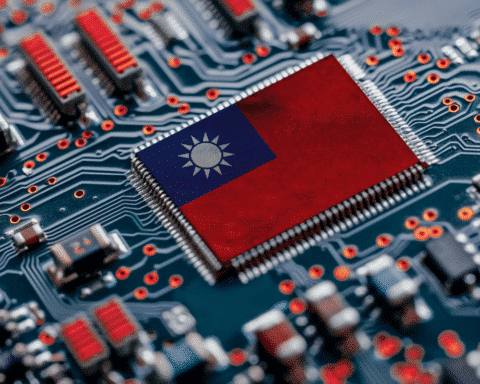In a bold move to reinforce its status as a global semiconductor hub, New York State has unveiled a comprehensive $1 billion initiative to significantly expand chip research activities in Albany. The plan, spearheaded by Governor Kathy Hochul, is set to not only bolster the state’s technological prowess but also provide a substantial boost to the local economy.
This ambitious project promises the creation of 700 new permanent jobs, in addition to preserving thousands of existing positions. Central to the expansion is the acquisition of one of the world’s most advanced and expensive manufacturing machines. This technological marvel will be housed in a newly constructed building, specifically designed to accommodate its sophisticated operations.
The initiative is expected to act as a magnet for further investments, potentially drawing an additional $9 billion from companies within the chip industry. This influx of capital and resources is anticipated to improve New York’s chances of hosting the National Semiconductor Technology Center. The center is envisioned as a key part of the research strategy funded by the 2022 CHIPS Act.
The Albany Nanotech Complex, affiliated with the State University of New York at Albany, will be the focal point of these efforts. Approximately $500 million is allocated for the construction of a new 50,000-square-foot clean room facility within the complex. This expansion is not just a physical one but also a technological leap forward, especially in the field of lithography – a critical process in chip manufacturing involving the projection of circuitry patterns onto silicon wafers.
The state is set to invest another $500 million to procure a next-generation Extreme Ultraviolet (EUV) lithography system. Known as the “High NA” (numerical aperture) system, it will enable the development of significantly more advanced semiconductor chips, enhancing the power and efficiency of various computing devices.
The economic impact of the project extends beyond permanent job creation. It is estimated to generate between 500 and 600 temporary construction jobs over a two-year period. Furthermore, the state’s investment in the High NA tool, expected to arrive in Albany by late 2025, marks a unique approach in the industry. The tool will be state-owned and operated, serving as a public resource to aid the broader U.S. semiconductor sector.
This development is indicative of the Northeast United States’ increasingly crucial role in the semiconductor industry’s evolution. In a related development, BAE Systems in New Hampshire is set to receive the first manufacturing grant under the CHIPS Act.
Additionally, Micron Technology, the sole American manufacturer of data storage chips, has announced plans to invest up to $100 billion over the next decade to establish a new manufacturing site near Syracuse, NY. This move further cements New York’s position as a key player in the national and global semiconductor landscape.
With these strategic investments and developments, New York is not only securing its place in the high-tech industry but also paving the way for the United States to maintain a competitive edge in the global semiconductor arena.




